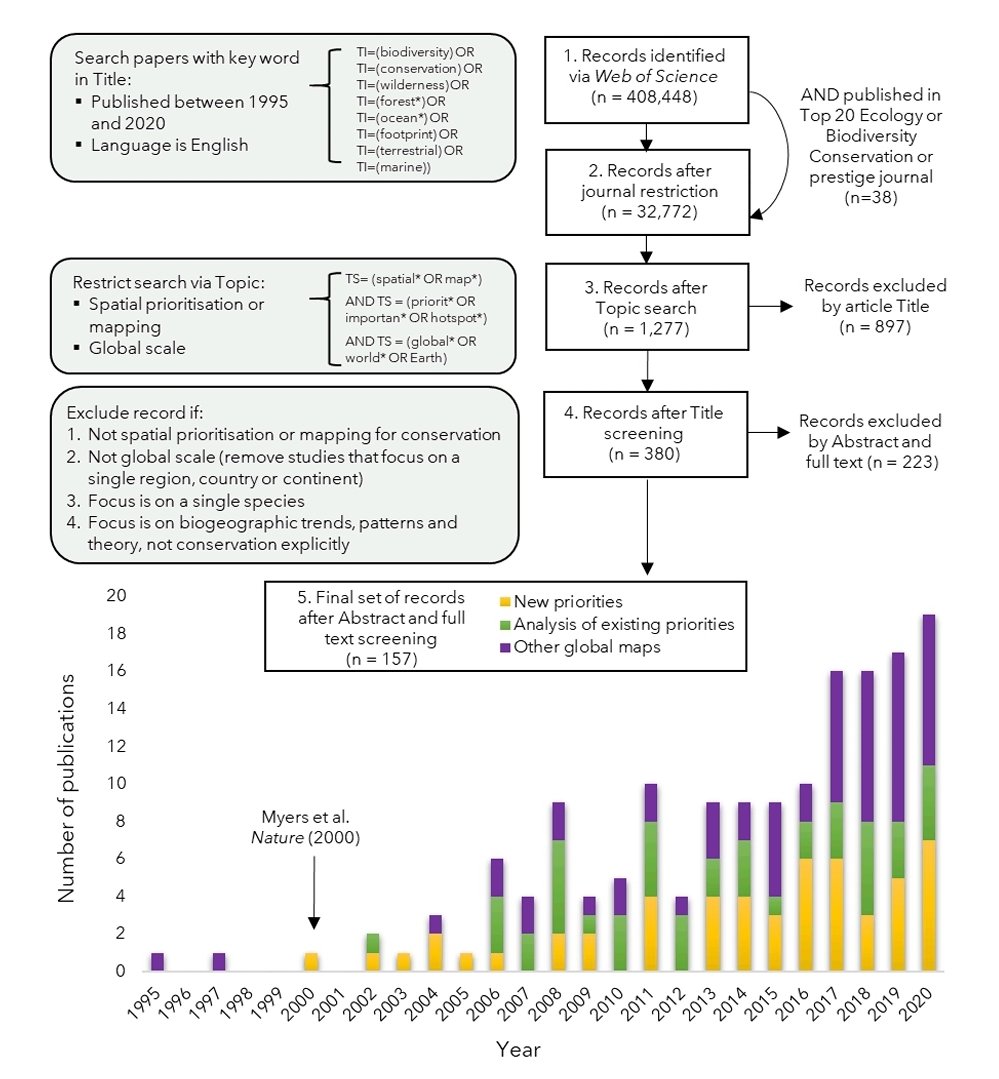
Two of the most mind-blowing things from #SafeguardMechanism @AuSenate inquiry this week were the govt saying:
1️⃣ the integrity of all existing #ACCUs is "fine"
2️⃣the Chubb review rec's only apply to *new projects* "going forward" - which is not what they said 4 weeks ago🧵
1️⃣ the integrity of all existing #ACCUs is "fine"
2️⃣the Chubb review rec's only apply to *new projects* "going forward" - which is not what they said 4 weeks ago🧵
In this thread I'm sharing clips from the following videos, available here:
aph.gov.au/News_and_Event…
Monday 27/02/2023 Environment & Communications [Part 2]
Tuesday 28/02/2023 Environment & Communications [Part 2]
aph.gov.au/News_and_Event…
Monday 27/02/2023 Environment & Communications [Part 2]
Tuesday 28/02/2023 Environment & Communications [Part 2]
On Tues, @DCCEEW say Chubb made recommendations on how the HIR method should be interpreted *but* didn't say the method had been incorrectly interpreted to date.
@sarahinthesen8 "Why would you have to clarify interpretation if it [HIR] hadn't been misinterpreted?"
@sarahinthesen8 "Why would you have to clarify interpretation if it [HIR] hadn't been misinterpreted?"
On the interpretation of the HIR method, we argue that ACCUs should only be issued to projects where native forest is regrowing in areas that have been cleared - where forest doesn't already exist.
Currently, ACCUs are issued to projects where trees and shrubs *already exist*
Currently, ACCUs are issued to projects where trees and shrubs *already exist*
Yes, we mean that our analysis shows the HIR method is interpreted by @CERegulator so that ACCUs are issued to projects, to grow trees, apparently on top of existing trees.
That's why we're concerned. Andrew explained this in @AuSenate on Monday
That's why we're concerned. Andrew explained this in @AuSenate on Monday
And you know what? GreenCollar - the #ACCU market's largest developer - largely agrees with us. Here's an excerpt of a letter we co-wrote and submitted to the Chubb review.
consult.dcceew.gov.au/independent-re…
consult.dcceew.gov.au/independent-re…

Despite this evidence, and agreement between arguably the biggest critics of the HIR method (ANU-UNSW team) and its biggest proponent, the Chubb review found:
* HIR meets integrity standards🤔, BUT
* recommended changes to its interpretation🤷
* HIR meets integrity standards🤔, BUT
* recommended changes to its interpretation🤷
https://twitter.com/megcevans/status/1626379096732344320?s=20
On Tuesday @DCCEEW told @sarahinthesen8 that the Government expects to accept HIR #ACCUs from existing projects "indefinitely".
They say the Chubb recommendations only apply to *new projects* "going forward", and confirm the avoided deforestation method has been revoked.
They say the Chubb recommendations only apply to *new projects* "going forward", and confirm the avoided deforestation method has been revoked.
Another question to @DCCEEW on Tuesday regarding #ACCU integrity
"There isn't any issue about the ACCUs already in circulation, out of that [HIR] method or any other method"
"There isn't any issue about the ACCUs already in circulation, out of that [HIR] method or any other method"
Here is discussion about the avoided deforestation method (now revoked, based on Chubb recommendation).
@dcceew says "the integrity is fine" for existing ACCUs from that method.
@CERegulator says Chubb "did not raise broad concerns about [it] as a method"
@dcceew says "the integrity is fine" for existing ACCUs from that method.
@CERegulator says Chubb "did not raise broad concerns about [it] as a method"
For completeness, here is @CERegulator saying the Chubb review "did not say it thought the landfill gas method as is had substantial problems", but *going forward* it would be reasonable for baselines to be increased (so ACCUs are issued for real & additional abatement)
Note that the landfill gas method is the one most companies who profit from it say it needs to change abc.net.au/news/2022-09-0… 

So ok, both @DCCEEW & @CERegulator said on Tuesday that Chubb rec's apply only to *new projects*. This is what we feared, and outline in another thread linked here.
But, I could have sworn I heard differently earlier👇
But, I could have sworn I heard differently earlier👇
https://twitter.com/megcevans/status/1626379095096594434?s=20
On 3rd February, @DCCEEW said in a webinar held by @CarbonMarketIns - referring to the HIR method specifically -
“....the Chubb recommendations apply to ALL projects, existing projects, new projects…”
(Full video here vimeo.com/795459660)
“....the Chubb recommendations apply to ALL projects, existing projects, new projects…”
(Full video here vimeo.com/795459660)
So what's changed?
Why did @DCCEEW say at the start of February that the Chubb rec's apply to existing and new ACCU projects, and by the end of the month both it and @CERegulator emphasise repeatedly that the Chubb rec's only apply to new projects, going forward?
Why did @DCCEEW say at the start of February that the Chubb rec's apply to existing and new ACCU projects, and by the end of the month both it and @CERegulator emphasise repeatedly that the Chubb rec's only apply to new projects, going forward?
We've estimated that around 1/4 to 1/3 of the #SafeguardMechanism abatement - 60 to 75 million tonnes of CO2e - conservatively - could be delivered by ACCUs that we consider low integrity from *existing* HIR, avoided def, and landfill gas methods.
https://twitter.com/megcevans/status/1626379106316349440?s=20
Of course, this could all be cleared up if the Carbon Estimation Area (CEA) data could be accessed by third parties to analyse.
The federal government could amend the law to enable this, or carbon companies can freely share the data now.
The federal government could amend the law to enable this, or carbon companies can freely share the data now.
https://twitter.com/megcevans/status/1630873085548335104?s=20
A final note - the CEA data is NOT COMPLEX DATA. They are literally basic polygon shapefiles showing where sequestration is meant to occur. You can overlay them on Google Earth to see if trees already exist in them or not. No LIDAR or drones or machines that go ping needed.
A final final note - there is other important information that is not publicly available.
https://twitter.com/megcevans/status/1630883095154163712?s=20
• • •
Missing some Tweet in this thread? You can try to
force a refresh














